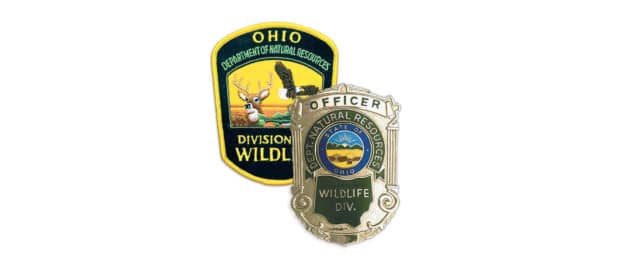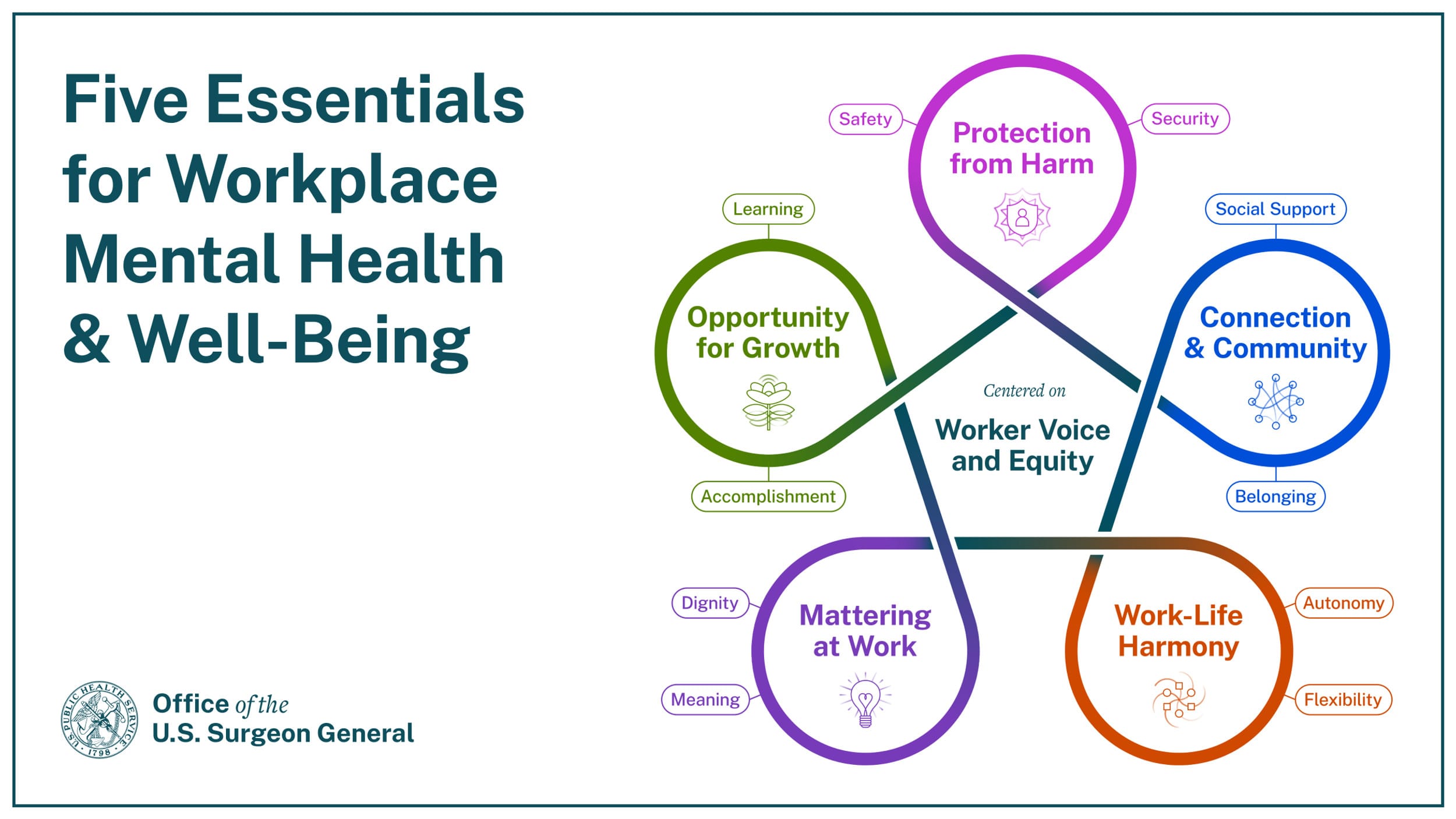In recent days, reports have emerged from various counties in Ohio regarding the discovery of dead birds, prompting an investigation into the potential presence of avian influenza, commonly known as bird flu. The Ohio Department of Natural Resources (ODNR) has confirmed that the birds were found in several locations, raising concerns among wildlife officials and public health experts about the implications for both wildlife and domestic poultry in the state.
Avian influenza is a viral infection that primarily affects birds, but it can also infect other species, including humans in rare cases. The disease is highly contagious among birds and can lead to significant mortality rates, especially in domestic poultry populations. The strain of the virus can vary, with some strains being more virulent than others. As such, the identification of dead birds in Ohio has prompted swift action from state and federal wildlife agencies.
Upon receiving reports of the deceased birds, ODNR officials initiated an investigation to determine the cause of death. Samples from the birds have been collected and sent to laboratories for testing. The results of these tests will be crucial in confirming whether the deaths were indeed caused by avian influenza or another underlying issue. In the meantime, officials are urging the public to remain vigilant and report any further sightings of dead birds.
The presence of avian influenza in the wild can have far-reaching consequences. If the virus is confirmed, it could pose a threat to local poultry farms, which are vital to Ohio’s agricultural economy. Farmers are being advised to monitor their flocks closely and implement biosecurity measures to prevent the potential spread of the virus. These measures may include restricting access to poultry areas, ensuring proper sanitation practices, and avoiding contact between domestic birds and wild birds.
In addition to poultry, the potential spread of avian influenza could impact other wildlife species. Birds are known to migrate and congregate in large numbers, which can facilitate the transmission of the virus. Wildlife officials are particularly concerned about the health of local ecosystems and the implications for bird populations in the region. As a precautionary measure, the ODNR has advised residents to avoid handling dead birds and to report any findings to the appropriate authorities.
The situation in Ohio mirrors similar incidents that have occurred in other states and countries where avian influenza has been detected. In recent years, outbreaks have been reported in various regions, leading to significant culling of affected poultry and heightened biosecurity measures. The occurrence of avian influenza highlights the interconnectedness of wildlife health, domestic agriculture, and public health.
Public health officials are also monitoring the situation closely, as there is a potential risk of zoonotic transmission, where diseases can be transferred from animals to humans. While the risk of contracting avian influenza from birds is considered low for the general public, certain precautions are recommended for those who work closely with poultry or wildlife. These include wearing protective clothing, practicing good hygiene, and seeking medical attention if flu-like symptoms develop after exposure to birds.
As the investigation unfolds, the ODNR is committed to keeping the public informed about the findings and any necessary precautions. The agency is also coordinating with the United States Department of Agriculture (USDA) and other relevant organizations to manage the situation effectively. Collaboration between state and federal agencies is crucial in addressing the potential impact of avian influenza on both wildlife and agricultural sectors.
In conclusion, the discovery of dead birds across several counties in Ohio has raised concerns about the potential presence of avian influenza. As investigations continue, officials are taking proactive measures to assess the situation and protect both wildlife and domestic poultry. The health of birds, both wild and domesticated, is essential not only for ecological balance but also for the agricultural economy. Ongoing surveillance and public awareness will play a vital role in mitigating the risks associated with this situation.



